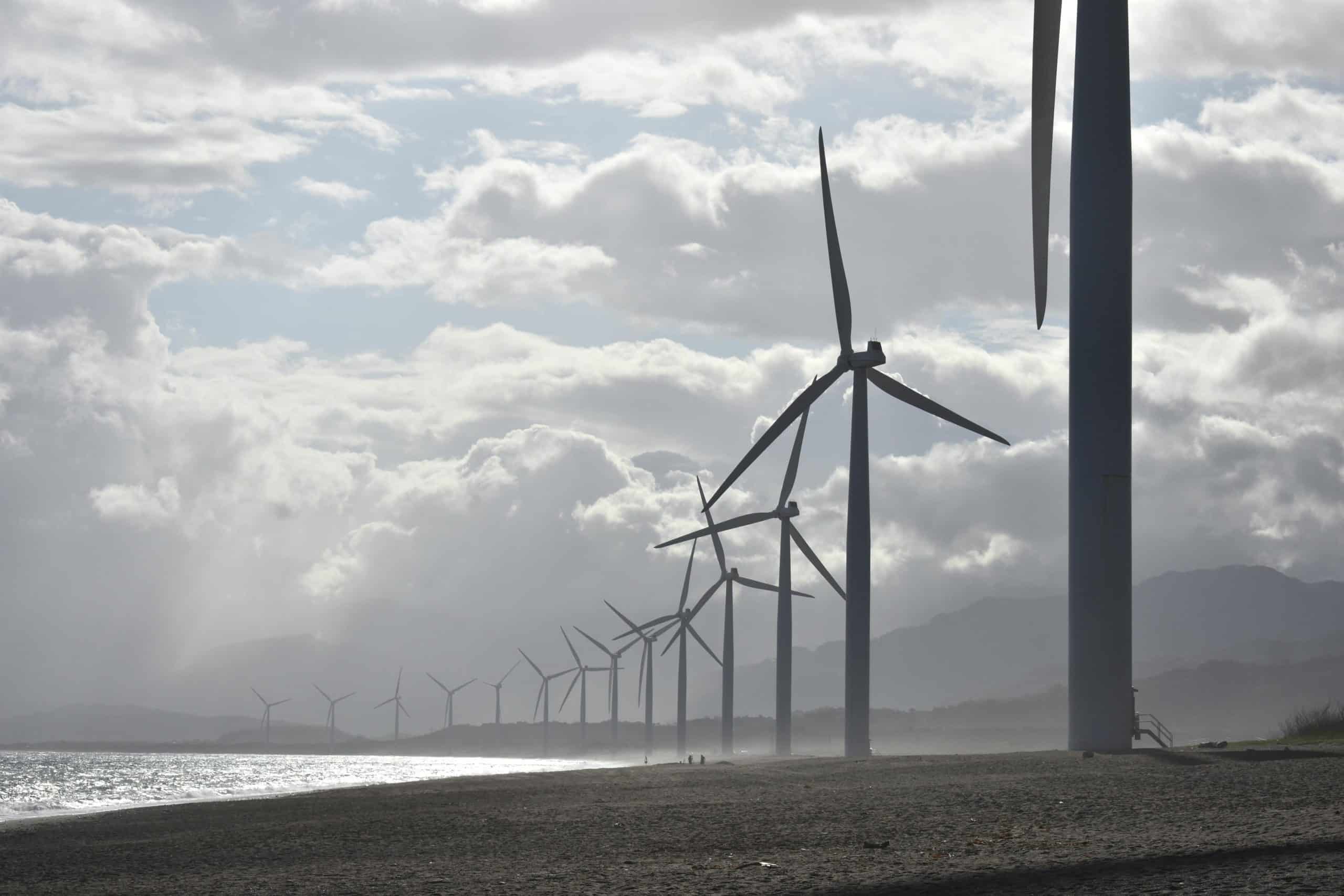What are the innovative solutions for integrating renewable energy sources in mixed-use real estate projects?

As we embark on the journey towards a more eco-friendly future, the role of renewable energy sources in powering our homes and workplaces has become increasingly significant. With urban development on the rise, developers are turning to innovative solutions to integrate these green energy sources into mixed-use real estate projects, creating not only sustainable but also energy-efficient buildings. By harnessing the power of the sun, wind, water, and even waste, these buildings are redefining the way we perceive urban landscapes. But how are these renewable energy systems integrated into mixed-use real estate projects? Let’s explore.
The Role of Solar Energy in Building Energy Efficiency
Solar energy systems have taken the center stage in sustainable urban development. Thanks to advances in technology, solar panels can now be seamlessly integrated into the built environment, lending a hand in creating energy-efficient buildings.
A voir aussi : What strategies can be used to attract and retain businesses in commercial real estate developments?
Solar energy integration in real estate projects involves the installation of photovoltaic (PV) panels. These panels can be mounted on rooftops, facades, or even windows. Some projects even use solar thermal systems, which use the sun’s heat to warm water, thus saving on the energy used for heating.
Integrating solar energy into buildings not only reduces electricity consumption but also decreases reliance on the grid. This can be especially beneficial in areas where grid stability is an issue.
A découvrir également : What are the emerging trends in sustainable landscaping for real estate developments?
The Power of Wind in Urban Buildings
Wind power, although more commonly associated with rural landscapes dotted with large wind turbines, can also play a significant role in urban buildings. Small-scale wind turbines designed for urban use can be integrated into the building design to harness the power of wind for electricity generation.
The main advantage of wind power is that it is a constant source of energy, as long as the wind is blowing. This contrasts with solar power, which is dependent on daylight. Furthermore, wind turbines can be placed on rooftops or along the sides of buildings, making them a viable option for urban environments where space is at a premium.
Harnessing the Potential of Water Energy
Another form of renewable energy that can be integrated into mixed-use real estate projects is water energy. This can be harnessed in various ways, from hydroelectric power systems to tidal power systems.
In urban environments, the most common form of water energy is micro-hydro power, wherein small turbines are used to generate electricity from the flow of water in rivers or streams. Some buildings even use rainwater collection systems to power these turbines.
While water energy may not be as common as solar or wind energy in urban environments, it is a viable option in areas where there is a constant flow of water.
Using Energy Storage to Maximize Efficiency
In order to maximize the efficiency of these renewable energy systems, energy storage solutions are often integrated into the building design. These can range from batteries that store electricity generated by solar panels or wind turbines, to thermal storage systems that store heat for later use.
Energy storage solutions allow buildings to use renewable energy even when the sun isn’t shining or the wind isn’t blowing. This can significantly reduce reliance on the grid and help buildings achieve energy independence.
Incorporating Energy Efficiency into Real Estate Development
In order to develop truly sustainable and energy-efficient buildings, developers need to incorporate energy efficiency measures right from the planning stage. This could involve designing buildings to maximize natural light, thus reducing the need for artificial lighting, or optimizing the building design to minimize heat loss.
In addition to integrating renewable energy sources, buildings can also be equipped with energy management systems that monitor energy consumption and provide insights into how energy can be used more efficiently.
As we move towards a greener future, the role of renewable energy in powering our homes and workplaces is only set to increase. By harnessing the power of the sun, wind, water, and even waste, we can create sustainable, energy-efficient urban landscapes that are not only beneficial for the environment but also for our wallets.
Building a Sustainable Future with Waste Energy
The exploration of waste as a renewable energy source is a relatively new concept in urban development. Waste energy, often referred to as recovery energy, involves the conversion of non-recyclable waste materials into usable energy through thermal or biological means. This not only reduces the volume of waste but also provides a valuable source of renewable energy.
One common method of harnessing waste energy is through the incineration of solid waste. The heat generated from this process can be used to produce steam, which in turn can power turbines to generate electricity. This method is particularly effective in densely populated urban areas which generate large quantities of waste.
Biological waste, on the other hand, can be converted into biogas through the process of anaerobic digestion. This biogas can serve as a source of heat or can be converted into electricity. Utilizing waste energy not only tackles the growing problem of waste management in urban areas but also contributes to energy independence and reduces carbon footprint.
In mixed-use real estate projects, waste energy systems can be integrated to manage waste generated within the development. For instance, food waste from restaurants could be used to power biogas plants, while waste heat from commercial premises could be harnessed to heat residential units. In doing so, these mixed developments are not only reducing their environmental impact but are also enhancing their energy efficiency.
Energy Efficiency and the Future of Mixed-Use Real Estate Development
The integration of renewable energy sources into mixed-use real estate projects is rapidly changing the face of urban development. Through the innovative use of solar, wind, water, and waste energy, these developments are not only reducing their carbon footprint but also enhancing their energy efficiency.
However, the success of these projects largely depends on the developers’ commitment to incorporating energy efficiency measures right from the planning stage. It’s not enough to simply install solar panels or wind turbines; the entire building design must be optimized to minimize energy consumption. This could involve the use of energy-efficient materials, the installation of smart energy management systems, and the design of buildings to maximize the use of natural light and minimize heat loss.
Indeed, green building is no longer a niche market. As awareness of climate change and the need for sustainability grows, more and more developers are recognizing the value of integrating renewable energy sources into their projects. Not only do these projects reduce our reliance on fossil fuels, but they also make economic sense. Energy-efficient buildings are cheaper to run, more attractive to tenants, and have a higher resale value.
The integration of renewable energy systems into mixed-use real estate projects is not just a trend; it’s the future of urban planning. As we move towards a greener, more sustainable future, it’s clear that renewable energy and energy efficiency will play a pivotal role in shaping our urban landscapes.
